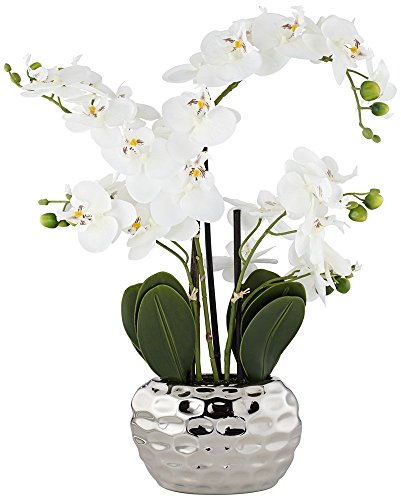Are you adding for Ca and Mg, or pH buffer?
Well both I guess. As most of your off the shelf type fertilizers have high Urea/ammonium contents I must use it as a ph buffer. Most of these same feeds also have no Ca added so it will also supply that. I rather like the leaf colour and growth response with these and adding Cal nitrate every time is also a bit of a chore.
I think you are already adding gypsum (calcium sulfate) or epsom salts if you want to add Ca/Mg, but that won't boost your pot pH
.
The gypsum will give me Ca but little buffering so I need to add lime anyway. I have been using Gyp for all the Catts etc along with controled release prills and that works well but I think I need to apply lime at least once per year? to manage the acidity. With the paphs I have held off on the gypsum for the very young plants and the ''sensitive'' species because it is much more soluble than the dol/lime and give quite high EC so thats still ''in trial''
If you want to add to raise/buffer pot pH then lime or dolomite will do it, but for duration or amount, then just check your pour through pH. If it doesn't hit target then add more. If it drops below target after time, then reload.
Well thats my problem at the moment. I don't have a working pH meter so I need to check media pH with solution/powder which is a bit of a pain with a potted plant. You need to remove it to get to some of the media in the center of the root ball.










































